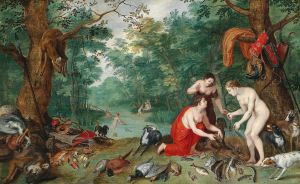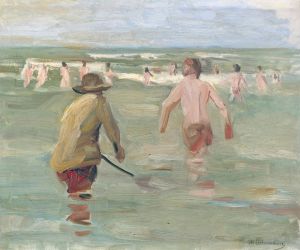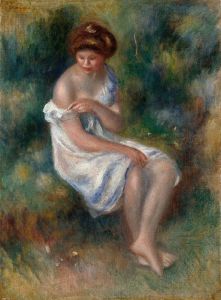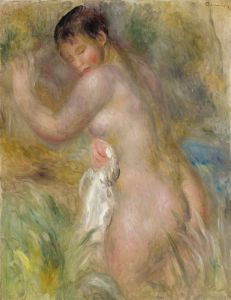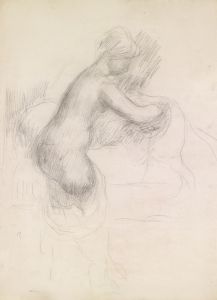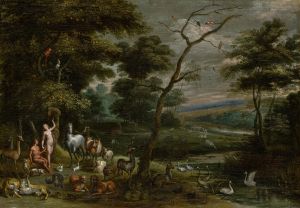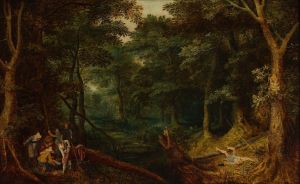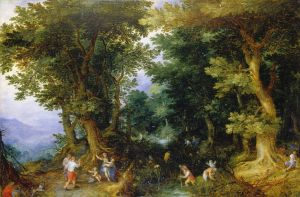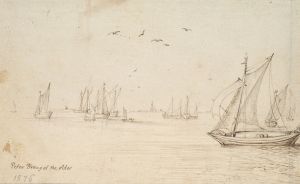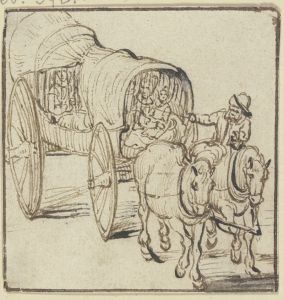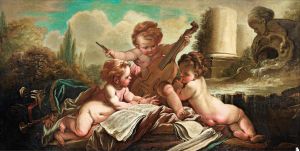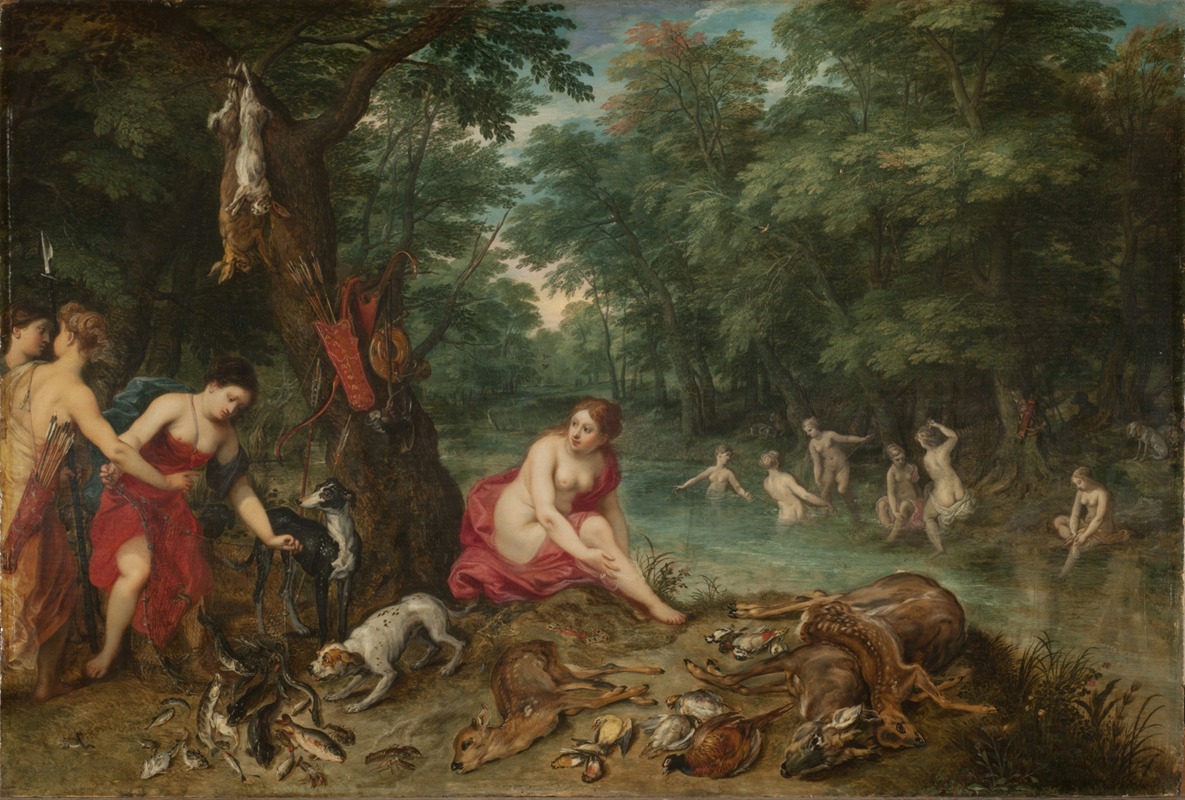
Nymphs bathing
A hand-painted replica of Jan Brueghel The Elder’s masterpiece Nymphs bathing, meticulously crafted by professional artists to capture the true essence of the original. Each piece is created with museum-quality canvas and rare mineral pigments, carefully painted by experienced artists with delicate brushstrokes and rich, layered colors to perfectly recreate the texture of the original artwork. Unlike machine-printed reproductions, this hand-painted version brings the painting to life, infused with the artist’s emotions and skill in every stroke. Whether for personal collection or home decoration, it instantly elevates the artistic atmosphere of any space.
Jan Brueghel the Elder, a prominent Flemish painter of the late 16th and early 17th centuries, is well-known for his intricate landscapes, allegorical works, and mythological scenes. Among his many creations, "Nymphs Bathing" is a notable example of his ability to combine naturalistic detail with classical themes. Painted in the early 17th century, this work reflects Brueghel's mastery in rendering lush landscapes and his interest in mythological subjects, which were popular among patrons of the time.
"Nymphs Bathing" depicts a serene woodland scene, where a group of nymphs, figures from classical mythology, are shown bathing and resting by a tranquil body of water. The painting is characterized by its meticulous attention to detail, particularly in the depiction of the natural environment. The foliage, flowers, and water are rendered with remarkable precision, showcasing Brueghel's skill in capturing the textures and colors of nature. This attention to detail earned him the nickname "Velvet Brueghel," highlighting his ability to create soft, delicate effects in his works.
The composition of the painting reflects the influence of the Italian Renaissance, which Brueghel encountered during his travels to Italy earlier in his career. The idealized figures of the nymphs are reminiscent of classical sculpture, while the harmonious arrangement of the landscape demonstrates Brueghel's understanding of perspective and spatial organization. The painting also reflects the broader cultural interest in classical antiquity and mythology during the Baroque period.
Jan Brueghel the Elder often collaborated with other artists, including Peter Paul Rubens, combining his detailed landscapes with Rubens' dynamic figures. While it is unclear whether "Nymphs Bathing" involved such a collaboration, the painting exemplifies Brueghel's ability to integrate human figures into natural settings seamlessly.
As with many of Brueghel's works, "Nymphs Bathing" likely served both as a decorative piece and as a reflection of the intellectual and artistic interests of its time. The painting's mythological theme would have appealed to the educated elite, who were familiar with classical literature and enjoyed allegorical representations of nature and human activity.
Today, "Nymphs Bathing" is recognized as an example of Jan Brueghel the Elder's contribution to the development of landscape painting and his role in the flourishing of Flemish art during the Baroque period. The painting is housed in a museum collection, where it continues to be appreciated for its artistic and historical significance.






